Under current Supreme Court case law, a plaintiff does not have Article III standing to sue in federal court unless that plaintiff can demonstrate “causation.” The term “causation” is ubiquitous within the law. Because of the frequency with which the term appears in various legal contexts, however, the conceptual analysis associated with that term can vary. Unfortunately, the Supreme Court has never clearly established the conceptual analysis necessary for making the causation determination within standing law. Consequently, there is confusion on this question.
This Article addresses that confusion by relying on causation terms and concepts fully developed within tort law. The term “causation” is associated with the “proximate cause” and “cause in fact” analyses within a standard negligence claim. In the early Supreme Court cases in which the causation prong of standing was introduced, the Court most often used cause in fact language in determining the causation prong of standing. Upon a close inspection of these early Supreme Court cases, however, it seems likely that the Court actually intended a proximate cause analysis. Moreover, a proximate cause analysis is more consistent with the “gatekeeping” function normally attributed to the standing requirement.
This Article argues that the causation prong of standing should be interpreted as being analogous to the proximate cause doctrine within negligence law. This interpretation would more closely align with the intuitions that originally prompted the development of the causation prong of standing. Moreover, a proximate cause interpretation would facilitate the development of a clear procedure for determining standing at the outset of litigation, thus fulfilling the “gatekeeping” function attributed to standing.

